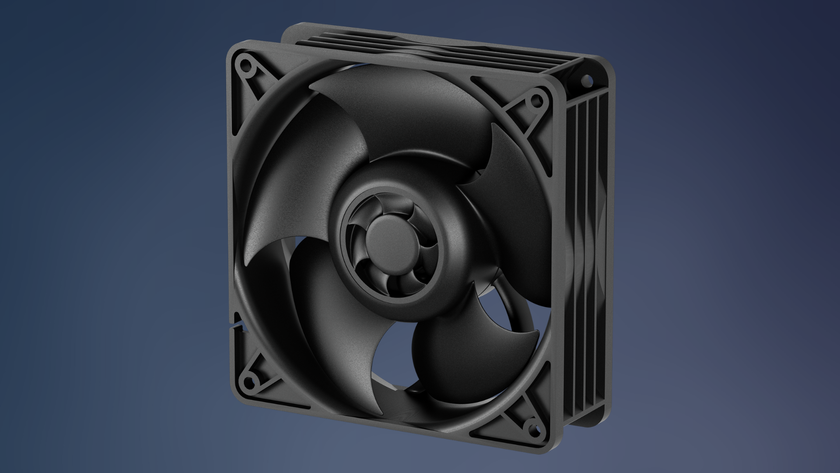Integrated cooling systems play a crucial role in maintaining the optimal performance of IT infrastructure and server environments. As technology evolves, the demand for more powerful servers and data centers grows, which in turn results in increased heat generation. Without effective cooling solutions, this excess heat can lead to hardware malfunction, reduced performance, and even permanent damage to the system. In this context, integrated cooling systems help manage thermal output and ensure that servers operate within their specified temperature ranges. The impact of integrated cooling systems on IT infrastructure begins with their ability to improve energy efficiency. Traditional cooling methods often involve separate air conditioning units or external cooling mechanisms that consume significant amounts of energy. Integrated cooling, on the other hand, typically combines multiple cooling components such as heat sinks, liquid cooling systems, and airflow management into a cohesive framework.

This integration reduces energy consumption by optimizing the cooling process, which can significantly lower operational costs and reduce the carbon footprint of data centers. One of the key benefits of acdc cooling is its ability to enhance server performance. Servers are designed to operate efficiently within specific temperature thresholds. When temperatures rise beyond these levels, the system may initiate throttling, reducing processing speed to prevent overheating. This can lead to slower response times, delays in computing tasks, and overall degradation in user experience. With a well-designed integrated cooling system, these temperature fluctuations are minimized, ensuring servers run at their peak performance levels. Furthermore, integrated cooling solutions contribute to the longevity of IT equipment. Servers and other critical hardware are expensive investments for any business, and the cost of repair or replacement due to overheating can be significant. Overheating is one of the leading causes of hardware failure, particularly in server racks found in modern data centers.
By maintaining consistent cooling and preventing temperatures from rising too high, integrated systems reduce the risk of component damage, extending the lifespan of the equipment and protecting the initial capital outlay. Another advantage of integrated cooling solutions is scalability. As businesses expand and their IT infrastructure grows, so does the heat output of the servers and systems. Integrated cooling systems are often designed to scale with the infrastructure, offering flexible cooling solutions that adjust to the increasing demand. This scalability ensures that cooling efficiency is maintained as the system grows, which is crucial for maintaining high levels of service performance in large-scale operations. Moreover, integrated cooling systems improve overall system reliability. In environments with poor cooling, the risk of thermal stress on components is high, which can lead to failures or unexpected downtime. With integrated cooling, heat is effectively managed, reducing the occurrence of such issues and improving the reliability of the entire infrastructure. This is particularly critical in industries where uptime is essential, such as finance, healthcare, and e-commerce.

